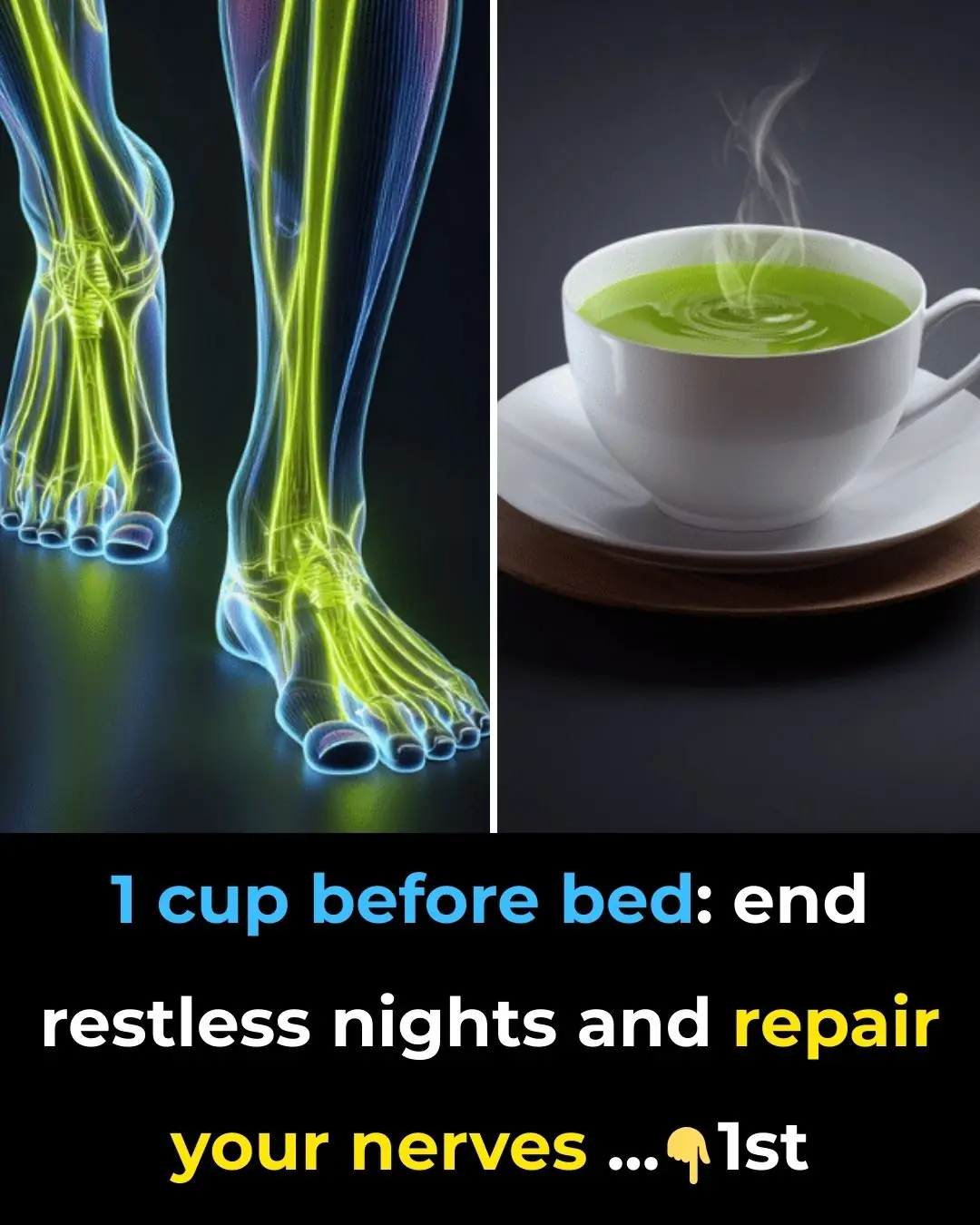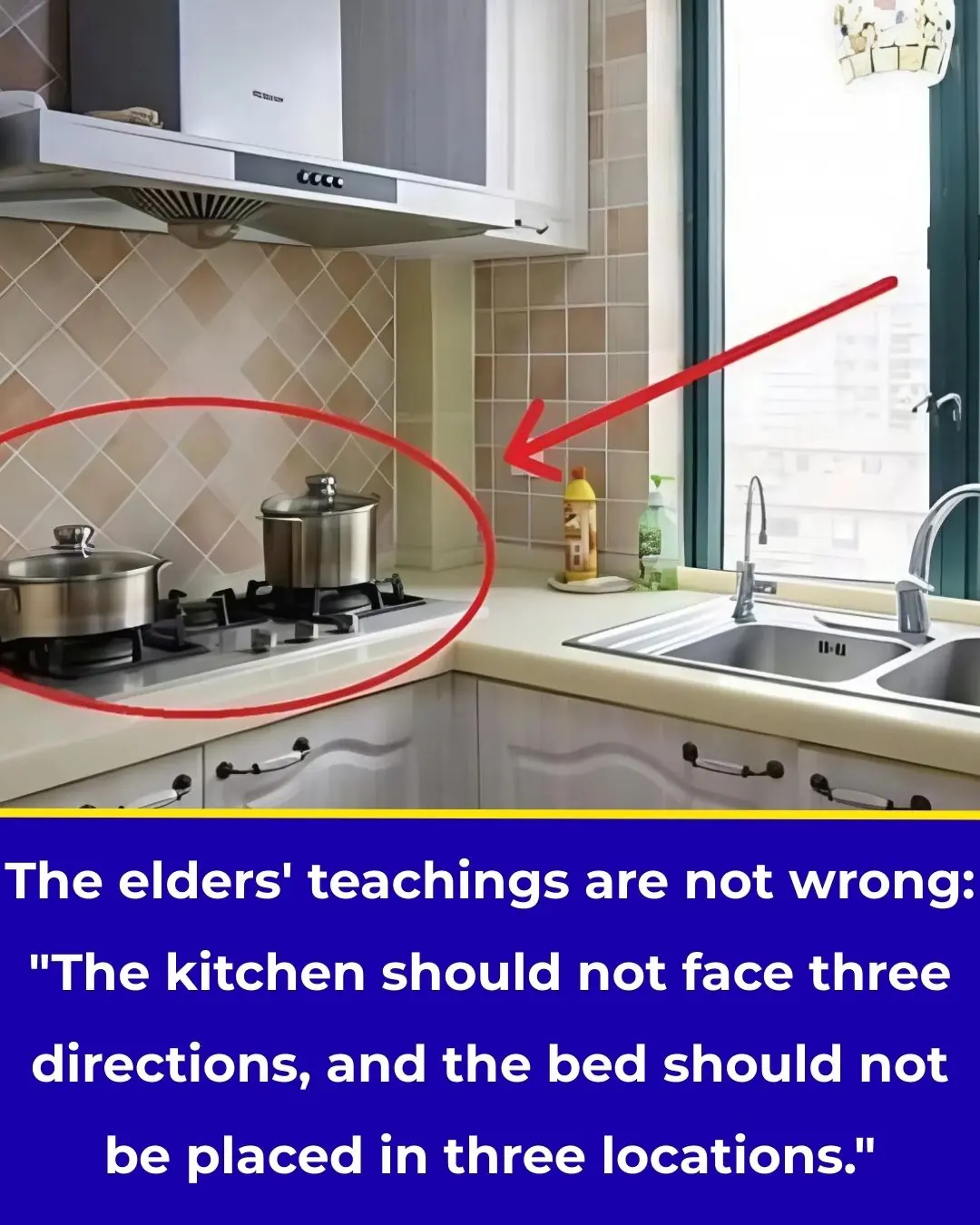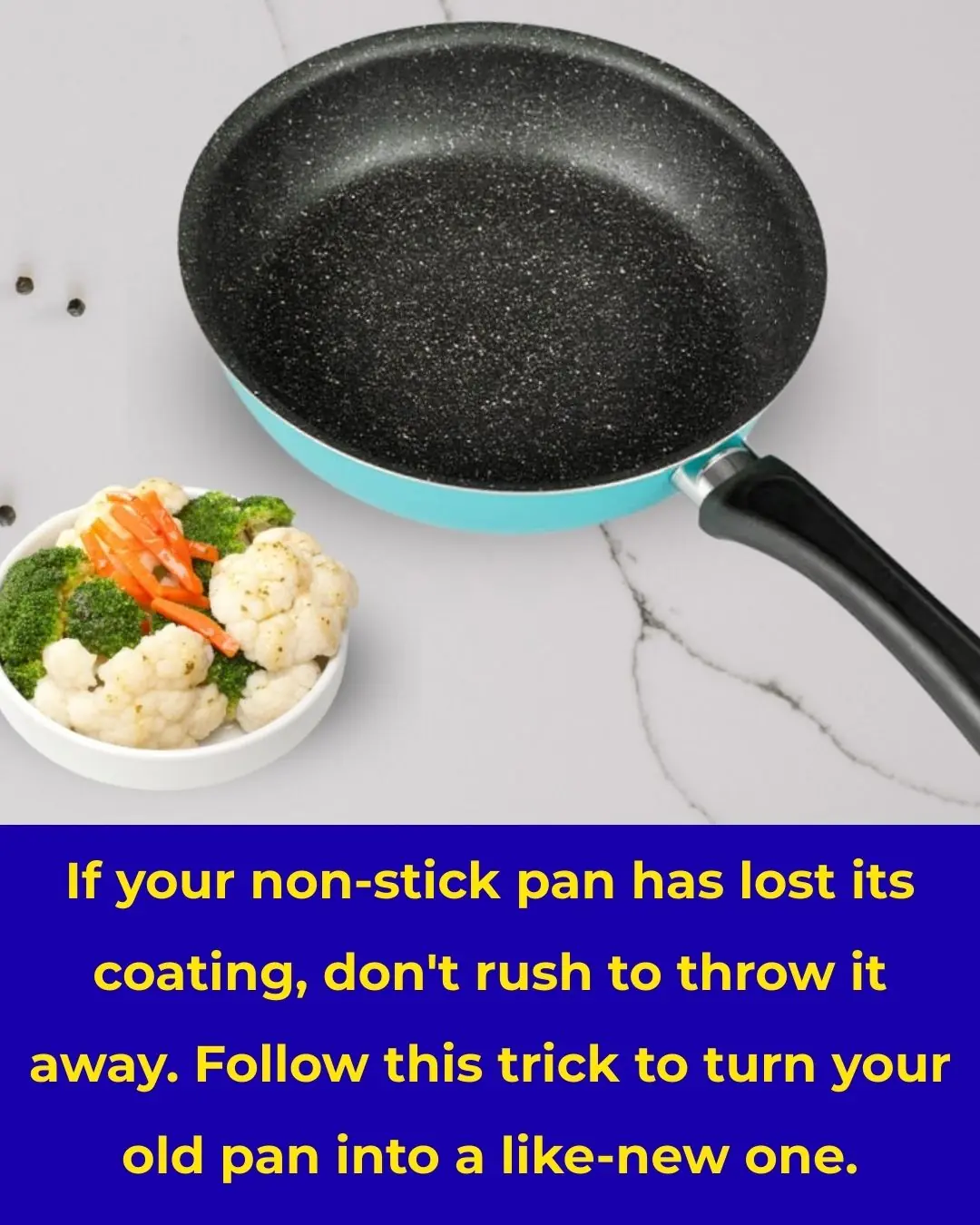
Beautifully Unbroken: Living Fully and Imperfectly With Bipolar
🌟 Beautifully Unbroken: Embracing Life with Bipolar Disorder and the Art of Kintsugi
More than two decades ago, I sat in my psychiatrist’s office—white walls, a worn-out couch, and a coffee table cluttered with outdated magazines. One cover caught my eye: a person smiling boldly, unapologetically. It was an issue of bp Magazine. At the time, I had just been diagnosed with bipolar disorder. That smile felt impossibly distant from the darkness I was navigating.
I remember the fear of being seen reading it, the shame of the diagnosis, and the overwhelming urge to hide—especially from myself.
🎓 The Armor of Achievement
For years, I defined myself by success. Academic awards, scholarships, leadership roles—I wore them like armor. I believed that if I achieved enough, I’d be worthy. But therapy introduced a radical idea: perfectionism might be a coping mechanism. At first, I resisted. To me, perfectionism meant strength and discipline. It was proof I was okay.
But slowly, I saw the truth. My ambition had become a mask—one that kept me from healing.
🛑 Choosing Rest Over Relentless Drive
Recently, I made the difficult decision to pause The Courage Circle, a peer support group I’d facilitated for three years. It was a space of raw truth and shared experience. Letting it go felt like losing a part of myself. But I needed room to write my memoir, Dear Younger Me.
In the past, I would’ve pushed through, juggling everything perfectly—even at the expense of my health. But this time, I chose rest. I chose to honor my limits. And in doing so, I honored my younger self.
💛 Kintsugi: The Art of Healing with Gold
In a serendipitous moment, I signed up for a kintsugi workshop—only later realizing it was held at a palliative care center. Kintsugi is the Japanese art of repairing broken pottery with gold. Instead of hiding the cracks, it celebrates them.
We were asked: What does breaking this bowl symbolize for you? What are you ready to release?
For me, it was grief, perfectionism, and the pain I no longer wanted to carry. When I smashed the bowl, I cried—not just for myself, but for everyone in that room. We were all breaking something sacred.
🧩 Rebuilding, One Piece at a Time
My bowl shattered unevenly. One side remained intact. Someone pointed out the symbolism: bipolar disorder often feels like living in two worlds—one seemingly whole, the other fractured. Yet both sides are beautiful. And the side with golden seams? That was the most stunning.
At first, I thought: There’s no way I can fix this. It felt like my life—too broken, too complex. But the facilitator reminded us: One piece at a time. And that’s how we mended.
🔥 Redefining Purpose
That bowl can’t hold water anymore. But it holds something deeper: transformation. It now travels with me to keynotes and workshops as a symbol of healing. Like me, it’s beautifully unbroken.
I used to think my purpose was to succeed. But bipolar was my hammer—it shattered me. And in the rebuilding, I found a new purpose: not just to hold, but to shine.
💬 A Message to Those Still Struggling
If you’re reading this in a waiting room, feeling lost—know this: You are not broken. You are becoming. Every diagnosis, every hard day, every crack is not the end. It’s an opening.
Healing hasn’t made me less ambitious—it’s made me more aligned. I no longer strive to be perfect. I strive to be whole. And that, I’ve learned, is the greatest success of all.
✨ Expanded Reflection: The Power of Shared Stories
What I’ve come to understand is that healing is not linear. It’s messy, nonlinear, and deeply personal. But it’s also communal. Every time I speak, write, or listen, I feel the invisible thread that connects us—those who’ve been cracked open by life and chose to mend with gold.
Whether you’re a mother, a student, a professional, or simply someone trying to make it through the day—your story matters. Your scars are not shameful. They are sacred.
News in the same category


If Your Body Suddenly Jerks While Falling Asleep, This Is What It Means

If You Eat Eggs Every Day

Vegetables To Clean Your Arteries And Prevent Heart Attack

Pain in This Part of the Body Could Indicate Cancer Cells are 'Awakening' – Both Men and Women Shouldn't Ignore It

10 Unconventional Signs of Liver Damage You Must Know About

14 Early Warning Signs You're Dangerously Low on Magnesium

How To Get Rid Of Phlegm and Mucus In Chest and Throat

Burnout: Tips for Coping When You Can’t Just Quit

How to Get Rid of Muscle Soreness: Home Remedies That Really Work

15 Common Cancer Symptoms You Shouldn’t Ignore

New Blood Test Shows Over 90% Accuracy for Lyme Disease

Is AI Use Causing Endoscopists to Lose Their Skills?

Florida Man Struck by Lightning Wakes Up With Heart Beating 265 Times a Minute

1 cup before bed: end restless nights and repair your nerves

Top 10 Nutrients in Foods that Clean Your Arteries Fast

Scientists Uncover A Natural Way to Restore Vision

Remedy For Falling Asleep Quickly

Sleeping Enough But Still Tired
News Post

Arkansas woman accidentally discovers $27,000 dollars after kicking 'spiderweb' in park

Exactly how virus carried by 'Frankenstein' rabbits growing black 'tentacles' spreads following urgent warning from experts

The Elders' Teachings Are Not Wrong: "The Kitchen Should Not Face Three Directions, and the Bed Should Not Be Placed in Three Locations"

5 Types of Plants That Snakes Love: If You Plant Them in Front of Your House, Remove Them Immediately Before It’s Too Late

If Your Non-Stick Pan Has Lost Its Coating, Don’t Rush to Throw It Away. Follow This Trick to Turn Your Old Pan Into a Like-New One.

Cooking Oil Often Splashes When Frying? Add This Ingredient to the Pan, and You Won't Have to Worry About Oil Splattering or Sticking to the Pan

Is It Correct to Close the Door When Using the Air Conditioner? Here Are 5 Mistakes That Can Cause Your Electricity Meter to Increase 2-3 Times

Boiling Eggs with Just Water is Not Enough: Add This Ingredient, and the Eggs Will Cook Evenly, Have a Rich Flavor, and the Shells Will Peel Off Easily

Do Not Ignore These 10 Warning Signs That Your Kidneys May Be In Danger

Buying Meat and Just Placing It Directly in the Freezer for Storage is a Mistake: The Shop Owner Shares a Trick to Keep Meat 'Fresh for a Whole Year' Without Spoiling

Sprinkle a Little of This Powder into the Oil Before Frying, Everyone Will Be Amazed by Its Incredible Effectiveness

If Your Body Suddenly Jerks While Falling Asleep, This Is What It Means

What Is This Button In The Car For

How Long Cooked Food Can Stay In The Refrigerator

If You Eat Eggs Every Day

Vegetables To Clean Your Arteries And Prevent Heart Attack

Pain in This Part of the Body Could Indicate Cancer Cells are 'Awakening' – Both Men and Women Shouldn't Ignore It

10 Unconventional Signs of Liver Damage You Must Know About

14 Early Warning Signs You're Dangerously Low on Magnesium
